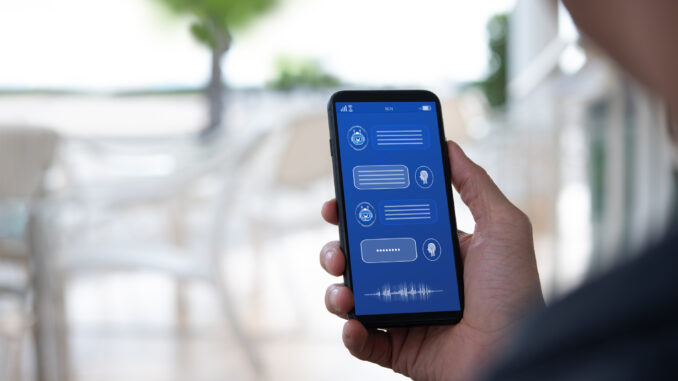
By Andrei Papancea, CEO at NLX - 3.29.2022
As The New York Times recently reported, the pressures on staffing is one of the reasons restaurants have been moving away from answering customer telephone calls. Some restaurant owners reported being just too busy preparing food to answer calls; others said they felt a need to find other quick and efficient ways to connect and speak with customers. Some restaurants were reported to have abandoned phone lines altogether in favor of booking only through websites, apps, and social media.
It’s understandable that in the fallout of the pandemic, when a reported 60% of small restaurant operators say they are struggling to fill open positions, some businesses might just opt for getting rid of a phone line altogether rather than employ someone to answer calls. But this tradeoff comes at the expense of their customer service.
There is a smarter, more inclusive way to do business and maintain happy patrons – pressure on busy front-of-house restaurant staff to answer calls from those looking to book tables, change reservations, or even place takeaway or catering orders is being relieved without compromising the customer experience using conversational AI technology. There is also an increased demand for answering services companies which can play a key role in customer service automation for restaurants.
This is the latest extension to the use of innovative technology in the US restaurant sector. The first online food order – reportedly a large pepperoni and mushroom pizza from Pizza Hut – was in 1994 and the first online food ordering service, Worldwide Waiter (now Waiter.com), was founded a year later in northern California. But now restaurants emerging from the pandemic are having to change the way they operate again to improve efficiency, enhance customer service, and optimize their ability to take advantage of people’s return to eating out whilst the trend for ordering in continues.
There is also the need for restaurants to reduce costs as menu prices continue to increase due to higher food, staffing, and energy costs. Finding a way of doing that that doesn’t consume existing staff is also important as the National Restaurant Association’s 2021 State of the Industry report noted that 3 in 4 restaurant operators are finding staff recruitment and retention to be their toughest challenge.
Conversational AI tools like Voice Compass by NLX enable restaurants to design conversations that create customer trust and brand loyalty through exceptional customer self-service experiences without the need for live interaction with restaurant staff. Using the technology, a restaurant can offer a self-service flow by verbally guiding calling customers through an onscreen journey to complete their mission. So, when a customer calls the restaurant’s number, they will be guided by a voice to use their telephone to achieve whatever it is they wish – to book a table, change a reservation or place an order.
Walking into your restaurant and engaging with your food is an experience. Don’t miss out on the opportunity to extend that experience to calling customers who may want to make a reservation, order takeout, or check wait times.
 Andrei Papancea is CEO at NLX, a provider of automated and frictionless multimodal self-service tools powered by conversational AI. He built the Natural Language Understanding platform for American Express, processing millions of conversations across AmEx’s main servicing channels. Previously, he deployed AWS across the business units as Director of Engineering of Argo Group, a publicly traded US company. He teaches graduate lectures on Cloud Computing and Big Data at Columbia University. He holds a M.S. in Computer Science from Columbia University.
Andrei Papancea is CEO at NLX, a provider of automated and frictionless multimodal self-service tools powered by conversational AI. He built the Natural Language Understanding platform for American Express, processing millions of conversations across AmEx’s main servicing channels. Previously, he deployed AWS across the business units as Director of Engineering of Argo Group, a publicly traded US company. He teaches graduate lectures on Cloud Computing and Big Data at Columbia University. He holds a M.S. in Computer Science from Columbia University.
See how Le Rivage Restaurant on New York City’s historic “Restaurant Row” uses Conversational AI to enhance their customer contact experience here; Try Voice Compass by NLX here.)
Are you an industry thought leader with a point of view on restaurant technology that you would like to share with our readers? If so, we invite you to review our editorial guidelines and submit your article for publishing consideration.

